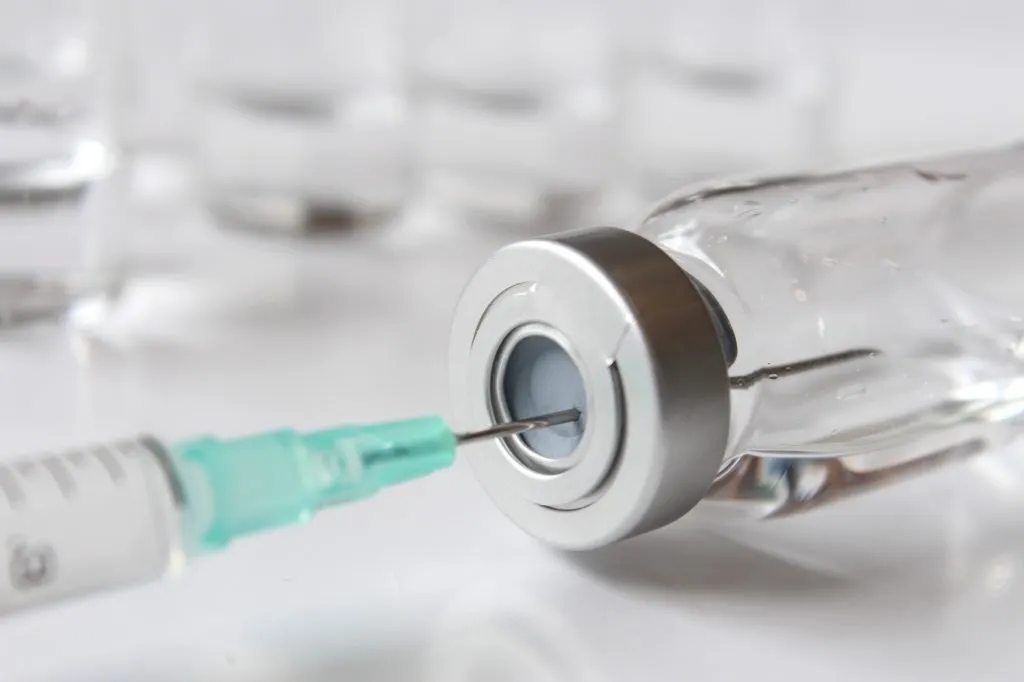Egg Donation Medication and Uterine Preparation: A Step-by-Step Guide
Egg donation is a popular fertility treatment that allows individuals or couples to achieve pregnancy when using their own eggs is not an option. Preparing the uterus for embryo transfer is a crucial part of the process, involving specific medications and a carefully monitored timeline. This article outlines the complete treatment process, from the start of medication to embryo transfer. The article will touch on some of the egg donation medication to give you an idea of the drugs that are used for this treatment.
Step 1: Initial Assessment and Baseline Testing
Before starting medication, the patient undergoes several tests to evaluate the uterus’s readiness for pregnancy. These tests include:
- Baseline Ultrasound: Checks the thickness of the endometrial lining and the presence of any abnormalities.
- Hormonal Blood Tests: Measures hormone levels such as estrogen, progesterone, and thyroid function.
Once the results are satisfactory, the medication protocol begins.
Step 2: Suppressing Ovarian Activity (If Necessary)
In some cases, doctors prescribe medications to suppress the patient’s natural ovarian activity. This is especially important if the patient has regular menstrual cycles that might interfere with the synchronization process. Common medications used include:
- GnRH Agonists (e.g., Lupron): These medications suppress ovulation and regulate hormone levels.
- GnRH Antagonists (e.g., Cetrotide): These block signals that trigger ovulation, ensuring the uterus is optimally prepared for the embryo transfer.
This phase typically starts in the cycle before the planned embryo transfer.
Step 3: Endometrial Lining Preparation with Estrogen
The next step is to prepare the endometrial lining to receive the embryo. Estrogen is administered to promote endometrial growth and ensure it reaches an ideal thickness of 7-12 mm. Estrogen can be taken in various forms:
- Oral Tablets (e.g., Progynova)
- Patches (e.g., Estradot)
- Injections (e.g., Delestrogen)
The dosage may be adjusted based on ultrasound measurements of the uterine lining’s thickness. Regular monitoring ensures the lining develops correctly.
Step 4: Introducing Progesterone for Endometrial Receptivity
Once the endometrial lining has reached the appropriate thickness, progesterone is introduced. Progesterone transforms the uterine lining into a receptive state for embryo implantation. Common progesterone options include:
- Vaginal Suppositories (e.g., Utrogestan or Crinone)
- Intramuscular Injections (e.g., Progesterone in Oil)
- Oral Tablets (less commonly used)
Progesterone is usually started 3 to 5 days before the embryo transfer, depending on whether fresh or frozen embryos are used.
Step 5: Embryo Transfer
The embryo transfer is a simple, painless procedure performed in the fertility clinic. The timing of the transfer depends on the embryo’s developmental stage and the duration of progesterone use. After the transfer, the patient continues taking estrogen and progesterone to support the uterine lining and potential pregnancy.
Step 6: Post-Transfer Monitoring and Pregnancy Test
About 10-14 days after the embryo transfer, a blood test (beta-hCG) is performed to determine if implantation was successful. If the test is positive, hormone support (estrogen and progesterone) continues until around the 10th to 12th week of pregnancy.
Common Medications Used in Egg Donation Treatment
- Estrogen: Progynova, Estrace, Estradot patches
- Progesterone: Utrogestan, Crinone, Progesterone in Oil
- GnRH Agonists/Antagonists: Lupron, Cetrotide
- Blood Thinners (if required): Low-dose aspirin or heparin may be prescribed for improved blood flow to the uterus.
Tips for a Successful Treatment
- Follow the Medication Schedule Strictly: Timing is crucial to ensure the uterine lining is ready for embryo transfer.
- Attend All Monitoring Appointments: Regular ultrasounds and blood tests help adjust medication dosages if necessary.
- Maintain a Healthy Lifestyle: Good nutrition, hydration, and stress management support endometrial development.
Conclusion
The egg donation medication process is meticulously designed to prepare the uterus for embryo implantation. By using hormonal medications like estrogen and progesterone, fertility specialists create an optimal environment for the embryo to thrive. Proper adherence to the medication plan, along with ongoing monitoring, significantly enhances the chances of a successful pregnancy. This article explained the egg donation medication for you to get an idea of the drugs, and the treatments that are used for the procedure.
For any of your fertility problems, please do not hesitate to contact us. At Fertility Solutions we pride ourselves with the excellent tailored personal care we provide to our patients for their specific needs. A team member will contact you as soon as we get your message, and construct a personal treatment plan for your fertility problems in the country of Cyprus. You can also contact our clinics directly through the links below.
Cyprus Crown IVF Contact: https://en.cypruscrownivf.com/contact
Cyprus American IVF Contact: https://www.cyprusamericanivf.com/contact-us/
Dr. Halil Ibrahim Tekin (Dr. HIT) Youtube: https://www.youtube.com/@dr.halilibrahimtekin1715
Cyprus American IVF Youtube: https://www.youtube.com/@AmerikanTupBebekMerkezi




